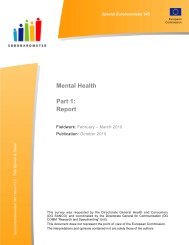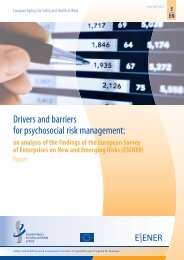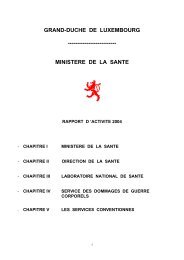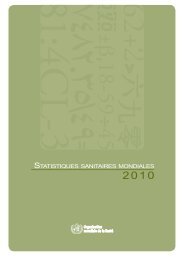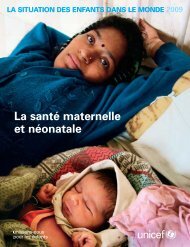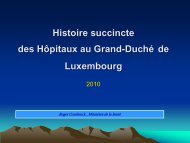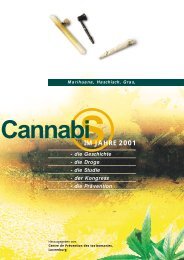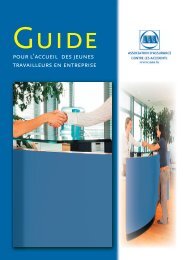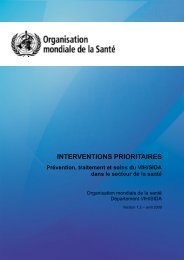Global Tuberculosis Control 2010 - Florida Department of Health
Global Tuberculosis Control 2010 - Florida Department of Health
Global Tuberculosis Control 2010 - Florida Department of Health
You also want an ePaper? Increase the reach of your titles
YUMPU automatically turns print PDFs into web optimized ePapers that Google loves.
parameter (except for notifications and population<br />
values) in Monte Carlo simulations, with the number<br />
<strong>of</strong> simulation runs set so that they were sufficient to<br />
ensure stability in the outcome distributions. The same<br />
random generator seed was used for every country, and<br />
errors were assumed to be time-dependent within countries<br />
(thus generating autocorrelation in time-series).<br />
Regional parameters were used in some instances (for<br />
example, for CFRs). Summaries <strong>of</strong> quantities <strong>of</strong> interest<br />
were obtained by extracting the 2.5th, 50th and 97.5th<br />
centiles <strong>of</strong> posterior distributions. The country-specific<br />
estimates produced using the just-described simulations<br />
were then used as the building blocks for further simulations,<br />
from which aggregated summaries at global and<br />
regional levels for incidence, prevalence and mortality<br />
were drawn. Two sets <strong>of</strong> simulations were run, the first<br />
to produce aggregates at regional level and the second<br />
to produce aggregates at global level. These summary<br />
estimates are the result <strong>of</strong> simulations based on nonsymmetric<br />
distributions. As a result, best estimates for<br />
regions do not necessarily sum to the best estimate for<br />
the world.



